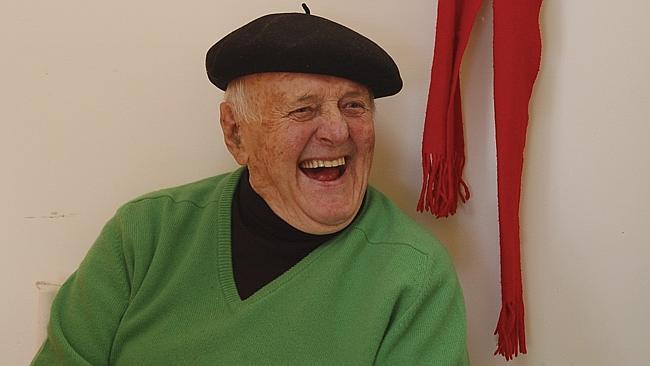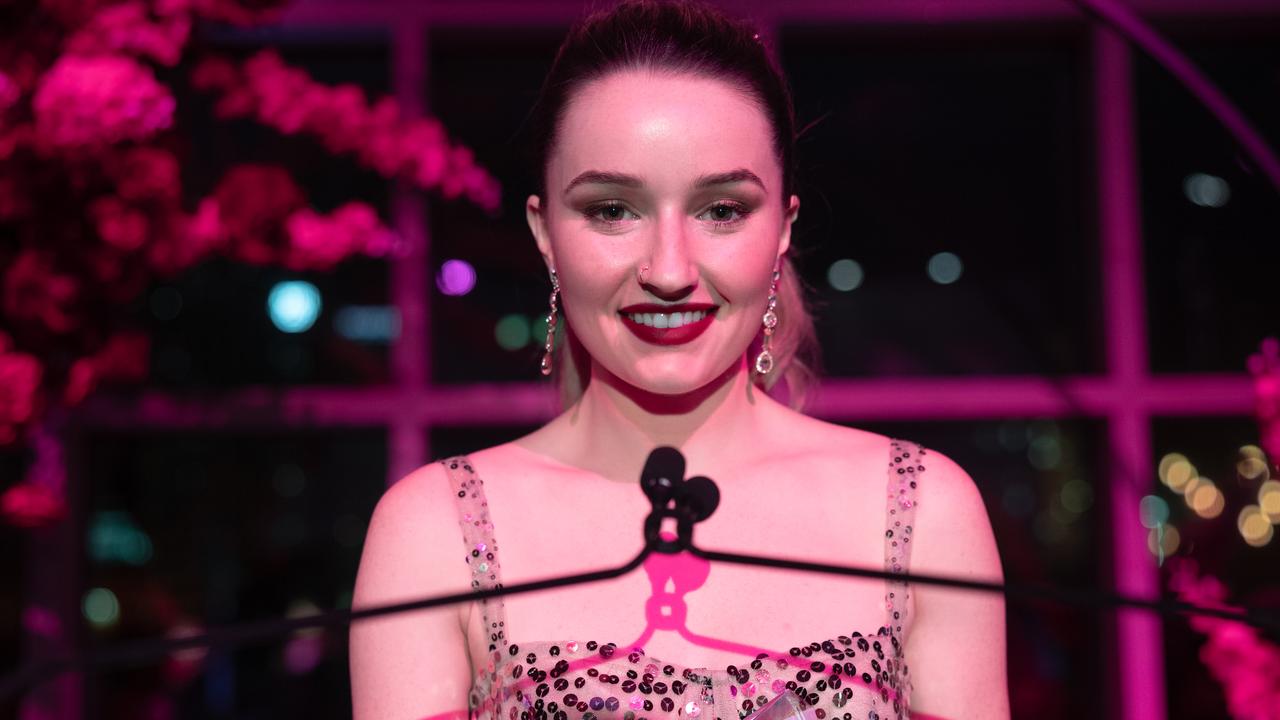John Olsen lets sun shine in on his artistic process
PICK OF THE DAY: ‘The King Sun’, ABC1, 10pm.

PICK OF THE DAY: The King Sun, ABC1, 10pm
IN this fine documentary from director Tony Williams, the gregarious and charming John Olsen, now in his late 80s and regarded as Australia’s greatest living artist, embarks on the second largest mural of his career and shares his philosophy of life. And Williams gives us a beguiling mix of biography, autobiography, meditation of the nature of art and life, and a wonderful exhibition of laid-back painterly scholarship, providing a kind of privileged insight into the detailed process of painting. Olsen’s 6m x 8m picture, painted on 688kg of massive panels (“You can’t get canvas big enough”) is his biggest work since Salute to Five Bells in 1963, inspired by poet Kenneth Slessor’s Five Bells. Olsen called that monumental work, “a buzzing honey-pot of images changing and evolving”. The King Sun is simpler but equally colossal in scale. And Williams shows it unfolding layer by layer across several months last year, from the blank panels, first covered in a faint apricot background (“It’s got the sun in it”), to the final dazzling painting half the size of a tennis court ready for hanging in the vast foyer of a Melbourne corporate HQ. It’s the first time one of Olsen’s pictures has been filmed from start to finish, but it almost didn’t get there. Towards the end, Olsen suffers a blackout and is hospitalised, receiving a pacemaker. Frail and vulnerable, he arrives at his country studio to complete the painting. “I thought I better sign this quickly because I might not be able to do very much more to it,” he says. “I was going to put John Olsen, Unfinished, but maybe it should be John Olsen, Finished.”
Olsen graciously, and with wonderful good humour, allows us an open door into a world that is unavailable to most viewers, a highly specialised place of systematic procedures and complex technical knowledge. “Let the empty space talk; you’re essentially a child of the Gods,” he says as he begins.
“There is this lovely white space, so pregnant, and immediately you make that first mark the dynamic changes, and where there’s white, there’s hope.”



